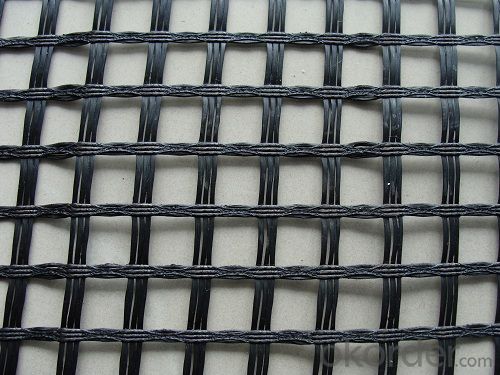- Understanding the Role of Geomembrane Liners in Waste Management
- Innovations in Geomembrane Liners for Water Management
- Geomembrane Liners: A Comprehensive Guide
- The Future of Geomembrane Liners in Civil Engineering
- Geomembrane Liners: Enhancing Landfill Stability
Manager:
WhatsApp:+86 177 0135 2670
Tel:+86 177 0135 2670
Email:marketing@okorder.com
Address:3rd Floor, No.2 Building, No.1 Sanlihe Road
Understanding HDPE Geomembranes: Material Properties and Benefits
hdpe Geomembranes are a type of synthetic liner used in various applications, from environmental protection to construction projects. They are made from high-density polyethylene, a versatile and durable plastic material. Let's dive into the fascinating world of HDPE geomembranes and explore their material properties and the benefits they offer.

The Versatility of HDPE Material
First and foremost, HDPE is incredibly versatile. It can be molded into various shapes and sizes, making it suitable for a wide range of applications. Whether it's a small pond liner or a massive dam, HDPE geomembranes can be tailored to fit the specific needs of the project. This adaptability is one of the reasons why HDPE is a popular choice among engineers and architects.
Durability and Longevity
Durability is another key feature of HDPE geomembranes. They are designed to withstand harsh environmental conditions, including extreme temperatures, UV radiation, and chemical exposure. This means that HDPE geomembranes can last for decades without losing their integrity, providing a long-term solution for projects that require a reliable barrier.
Chemical Resistance
When it comes to chemical resistance, HDPE geomembranes truly shine. They can resist a wide variety of chemicals, making them ideal for applications where chemical exposure is a concern. This resistance is particularly important in waste containment and landfill projects, where the containment of hazardous materials is crucial.
Low Permeability
Low permeability is yet another advantage of HDPE geomembranes. They are virtually impermeable to liquids and gases, which is essential for preventing the leakage of contaminants into the environment. This property is particularly valuable in water and wastewater management systems, where the prevention of pollution is a top priority.
Ease of Installation
Installing HDPE geomembranes is relatively easy compared to other types of liners. They can be rolled out and welded together on-site, which saves time and labor costs. This ease of installation is a significant benefit for projects with tight deadlines and budgets.
Environmental Benefits
HDPE geomembranes are not only beneficial for the projects they are used in but also for the environment. They help prevent the leakage of pollutants and protect natural resources. By using HDPE geomembranes, we can contribute to a cleaner and more sustainable future.
Cost-Effectiveness
Lastly, HDPE geomembranes are cost-effective. Their long lifespan and low maintenance requirements make them an economical choice for long-term projects. The initial investment may be higher than other materials, but the long-term savings are well worth it.
In conclusion, HDPE geomembranes offer a multitude of benefits, from their versatility and durability to their chemical resistance and environmental friendliness. They are a smart choice for a variety of applications and are worth considering for any project that requires a reliable and long-lasting barrier.
- Previous:Innovative Uses of HDPE Geomembranes in Construction
- Next:The Role of HDPE Geomembranes in Waste Management
-
2024-12-05Geomembrane Liners: A Comprehensive Guide






